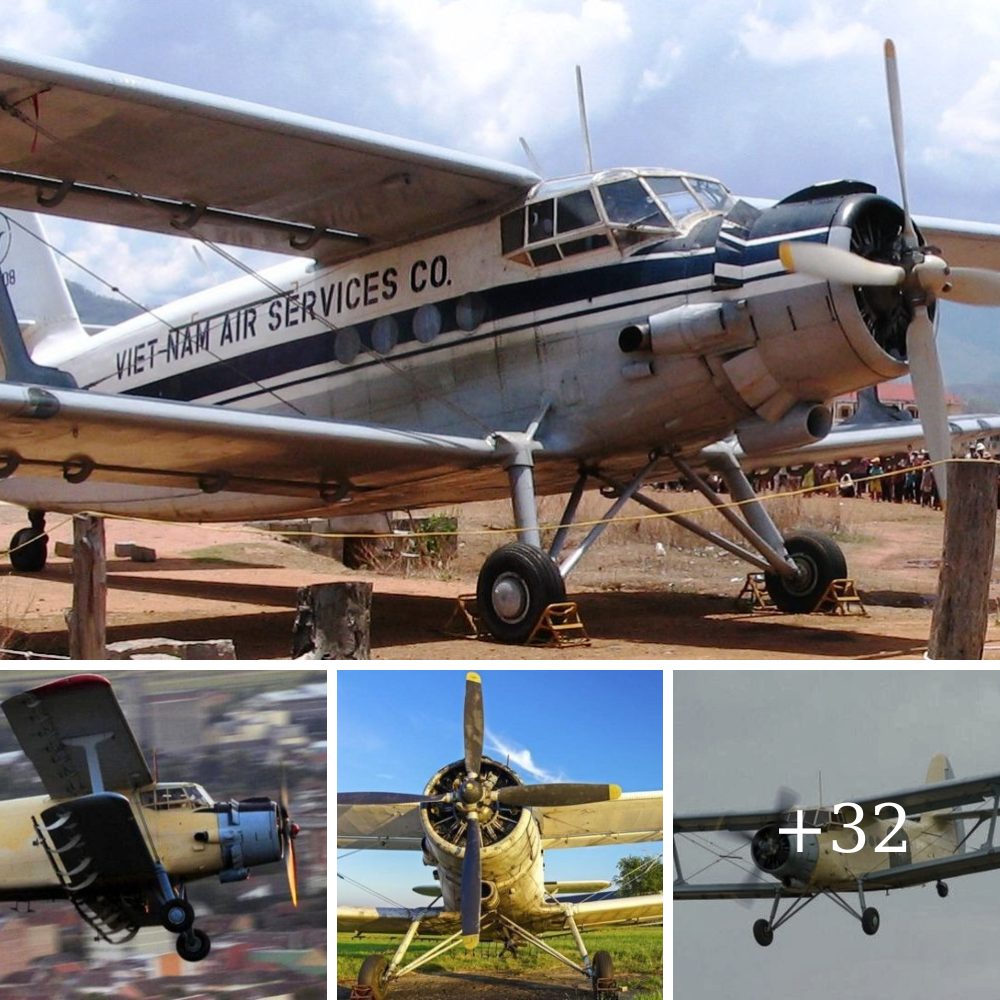Global aviation has committed to drastically reducing its emissions and even becoming largely climate-neutral between 2040 and 2050, even though it only accounts for a low single-digit percentage of global CO2 emissions. And of total aviation emissions, General Aviation in turn accounts for only an extremely small percentage.
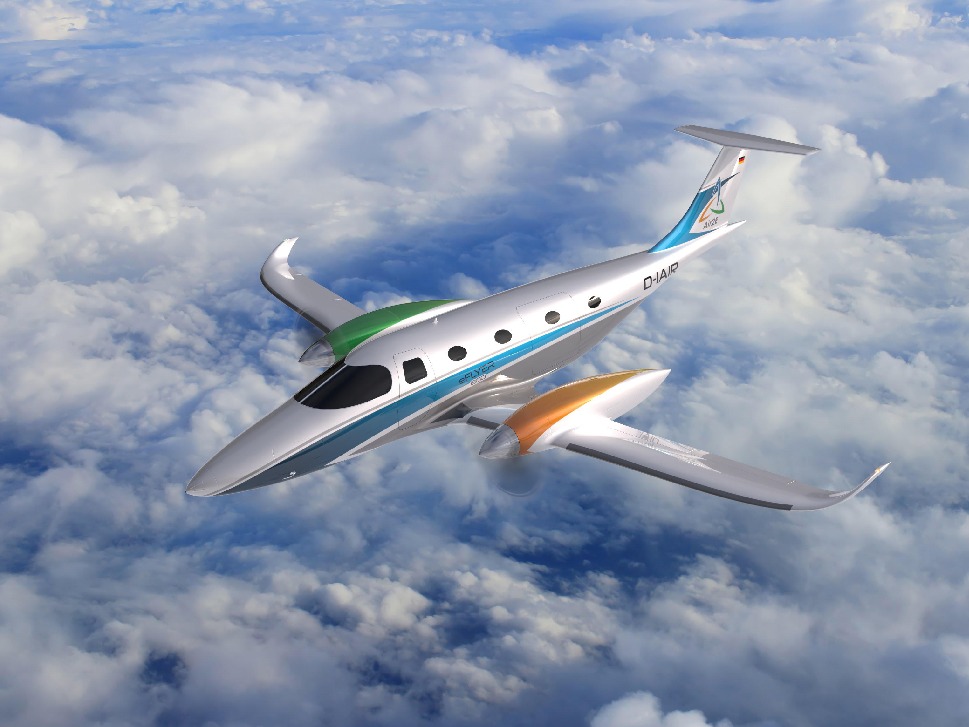
The technological challenges facing engineers and designers to achieve this ambitious goal are daunting. But the potential lurking in the conversion of propulsion technology for General Aviation is huge for all stakeholders.
General Aviation has very long innovation cycles, not only because of the large investments that go into the development, certification, and purchase of new aircraft – which take years to recoup – but also because it has achieved a very high standard of safety.
A new technology must first achieve this level of reliability and safety, because even when new products are introduced, safety is without a doubt the top priority in aviation. No one will buy and use a new aircraft that offers worse safety standards than the tried-and-tested models.
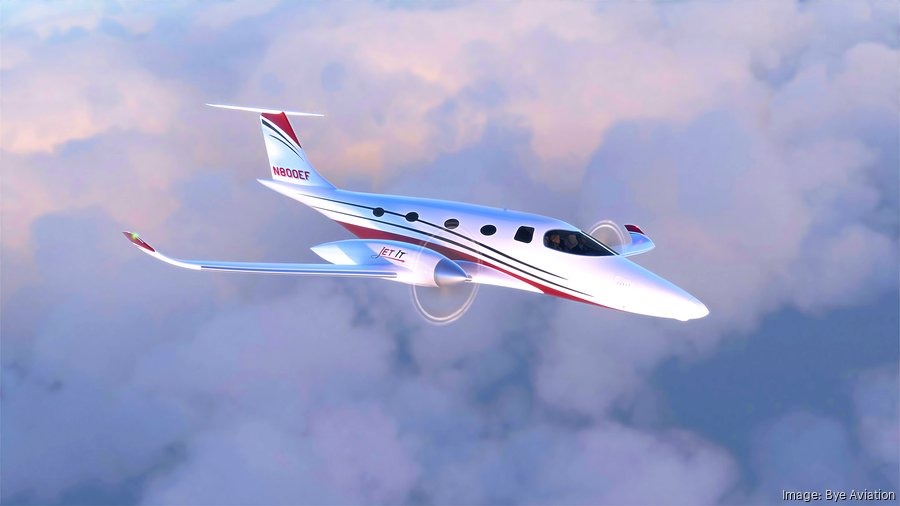
New Options
Today’s internal combustion engines have proven their worth, are reliable, and will undoubtedly continue to be found in General Aviation aircraft for decades to come. But they will face strong competition, even if it is not yet clear today which new propulsion technology will prevail on the market.
On the one hand, there is the idea of powering GA aircraft in the future with electric motors that draw their energy from batteries. Various companies are pursuing this concept with increasing success.
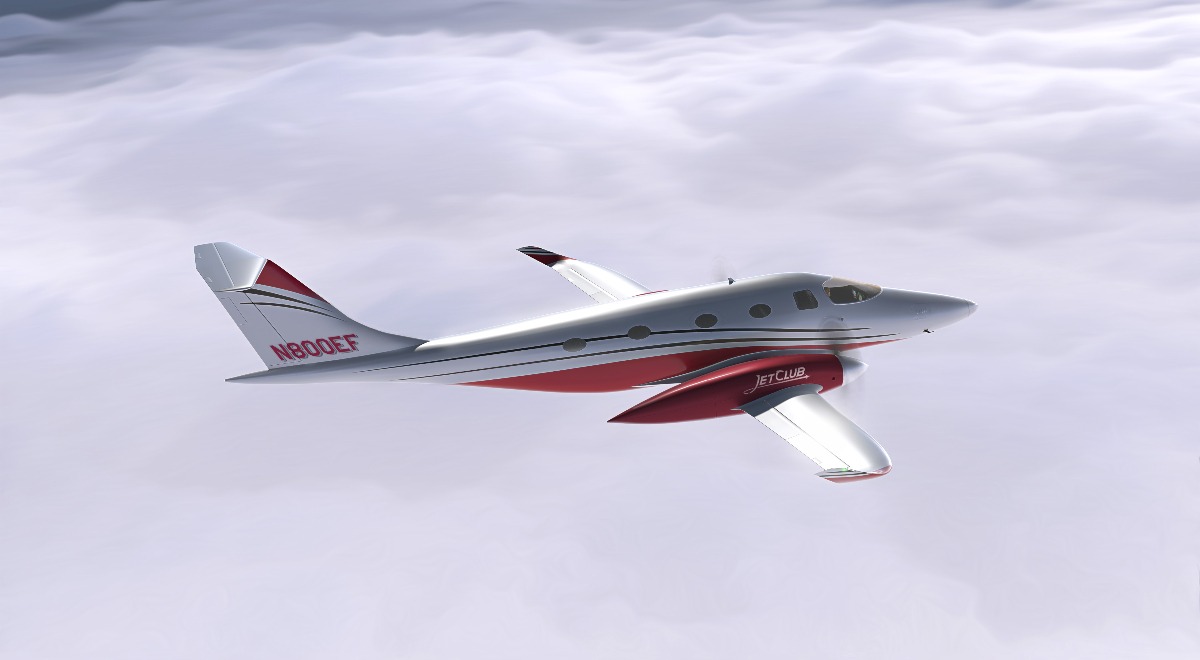
With the Pipistrel Velis Electro, EASA (the European Union Aviation Safety Agency) already certified the world’s first purely electrically powered aircraft, in June 2020. It has a maximum take-off weight of 600 kilograms and, at 10.50 meters, the same wingspan as the Pipistrel Virus SW 121 from which it was developed.
The 100 hp (74 kW) Rotax 912S3 internal combustion engine of the Virus has been replaced by a 57.6 kW Pipistrel E-811-268MVLC electric motor, which achieves a continuous power of 49.2 kW at 2,350 rpm.
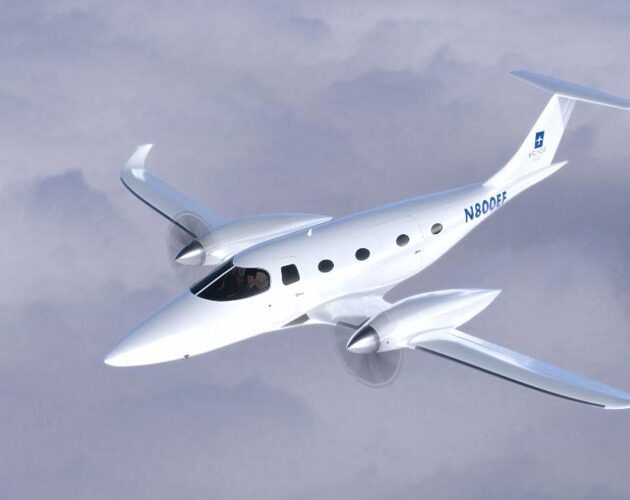
Various institutions and organisations such as the French FFA (Fédération Aéronautique Française), the Royal Danish Air Force, and the Westflug flight school in Aachen (Germany) are either already operating it or want to test the prototype for its suitability in pilot training. Greenlease Aero from France wants to make it easy for aeroclubs to operate the Pipistrel electric aircraft. The company has ordered 50 of the Velis and plans to lease them to aero clubs. The British Green Airside initiative is also pursuing a similar business model and wants to buy up to 50 Velis Electro to lease to flying schools.



